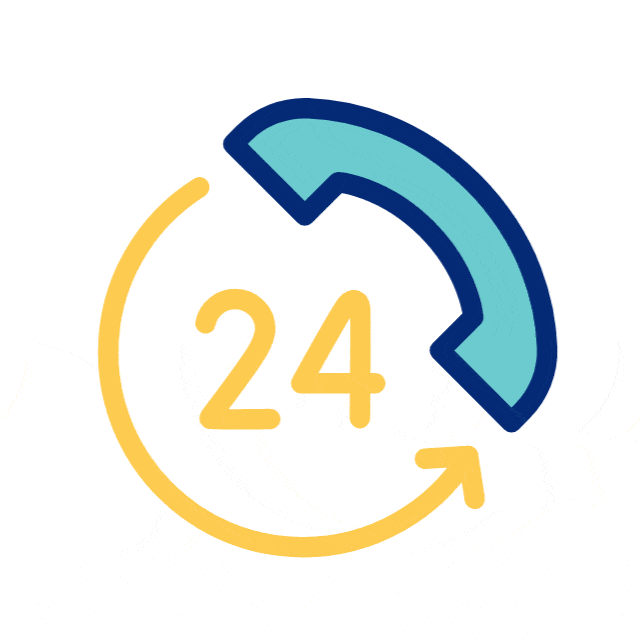Category : Healthcare
Phimosis… in Children… What is it?
It’s the inability to retract the foreskin of the penis.
Is it a disease or is it normal?
It’s a normal phenomenon in young babies, where the foreskin gets separated slowly from the underlying penis generally by around 4-5 years. A child with a non-retractable foreskin but without symptoms may not require surgery. However some children are symptomatic and may have urinary tract infections, local redness, pus discharge etc where treatment becomes necessary. The tendency of some parents and few caregivers to retract, over-clean the foreskin tends to mess up with this natural process of foreskin separation. The foreskin also serves a protective role in young babies to maintain the local pH, moisture, protection from infections.
When should I consult a specialist paediatric surgeon for my child’s phimosis?
- When your child has urinary tract infections
- When there is discharge, redness or swelling of the foreskin
- Ballooning of the foreskin with the baby passing urine with a thin stream or dribbling drops of urine
- When the child has additional conditions affecting the kidneys, bladder etc
- Itching, bleeding, painful urination
How do I care for my child who has a non-retractable foreskin but no symptoms?
No special care is required. An enthusiastic retraction, cleaning during bath, application of various medicines or other lotions should be avoided. Penile erections are normal in children. Do not confuse an erection for a problem with the baby’s foreskin
What is Smegma?
It is the collection of shredded skin cells from the glans penis and inner foreskin. This process helps to separate the foreskin from the head of the penis. It appears as the white pearls underneath the skin, which can easily be washed off once the foreskin becomes retractable. Smegma need not be cleaned in young children
Do all children with phimosis require surgery?
No. most children who remain asymptomatic except for inability to retract the foreskin do not need any treatment. Few symptomatic children with no scarring and infections can be treated with topical ointments of steroids to make the skin supple. However the medications should not be taken without consultation or without monitoring. Some children may have genital abnormalities like hypospadias where circumcision should not be done. These children can present with few similar complaints. Hence a specialist opinion is advised before undergoing any surgery.
Common indications for circumcision include
- Scarred prepuce (Balanitis xerotica obliterans)
- Bilateral vesico ureteric reflux
- Selected posterior urethral valve patients
- Ritual circumcision
- Symptomatic children at the discretion of a pediatric surgical specialist
My child has been advised surgery – circumcision. Is it the only surgical option available, how is it done?
Yes, circumcision is the surgery performed for phimosis. In boys, circumcision means the surgical removal of the foreskin. In children, it is performed under anesthesia. It can be done as a day care procedure. Post-surgery, they need medicines to control the pain for a few days and local ointment to decrease the sensation of glans and infection. After a few days of circumcision, the parents are advised to make the child seat in warm water to keep the area cleaned.
Does the foreskin re-grow after circumcision?
No, once removed there is no re-growth of foreskin.





